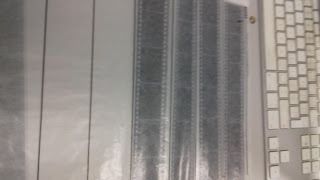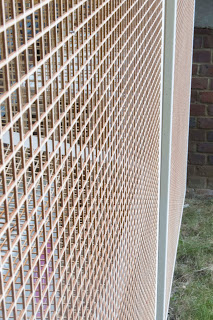Order and chaos and Developing film

We went out around the college and took photos of items related to order and chaos. This could be anything from symmetry or a pattern. Chaos is anything that is messy or unorganised. we took the images on a film camera that contained a roll of film that had 24 or 25 shots on it and we had to share them between a pair so it was 12 shots each. After we took our the pictures around the college of anything involving either order or chaos. We went into The dark rooms where we learnt how to develop film in the pitch black. We did this by opening the container in which the film was contained and unraveling the film to find the end which attached it to the contain which you cut off then you cut off the lip off the roll of film. After this you have to roll it on to a spiral and then place into a developing tank. in which you pour the chemicals there are 10 stages to developing film. The first stage is preparing the chemicals poor 300ml of X-Tol and 300ml of water into a measuring c...


